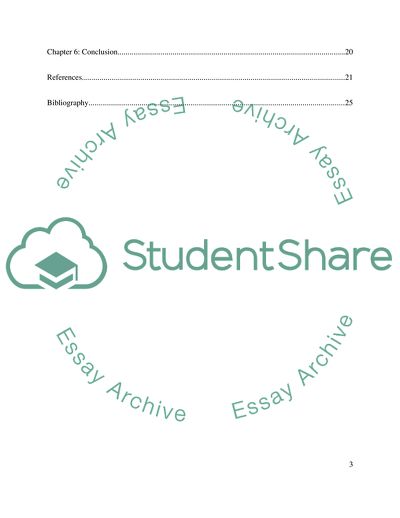Cite this document
(Provide a critical review of the current risk management activities of Essay - 2, n.d.)
Provide a critical review of the current risk management activities of Essay - 2. https://studentshare.org/management/1806745-provide-a-critical-review-of-the-current-risk-management-activities-of-barclays-bank-using-their-annual-report-2012
Provide a critical review of the current risk management activities of Essay - 2. https://studentshare.org/management/1806745-provide-a-critical-review-of-the-current-risk-management-activities-of-barclays-bank-using-their-annual-report-2012
(Provide a Critical Review of the Current Risk Management Activities of Essay - 2)
Provide a Critical Review of the Current Risk Management Activities of Essay - 2. https://studentshare.org/management/1806745-provide-a-critical-review-of-the-current-risk-management-activities-of-barclays-bank-using-their-annual-report-2012.
Provide a Critical Review of the Current Risk Management Activities of Essay - 2. https://studentshare.org/management/1806745-provide-a-critical-review-of-the-current-risk-management-activities-of-barclays-bank-using-their-annual-report-2012.
“Provide a Critical Review of the Current Risk Management Activities of Essay - 2”. https://studentshare.org/management/1806745-provide-a-critical-review-of-the-current-risk-management-activities-of-barclays-bank-using-their-annual-report-2012.


